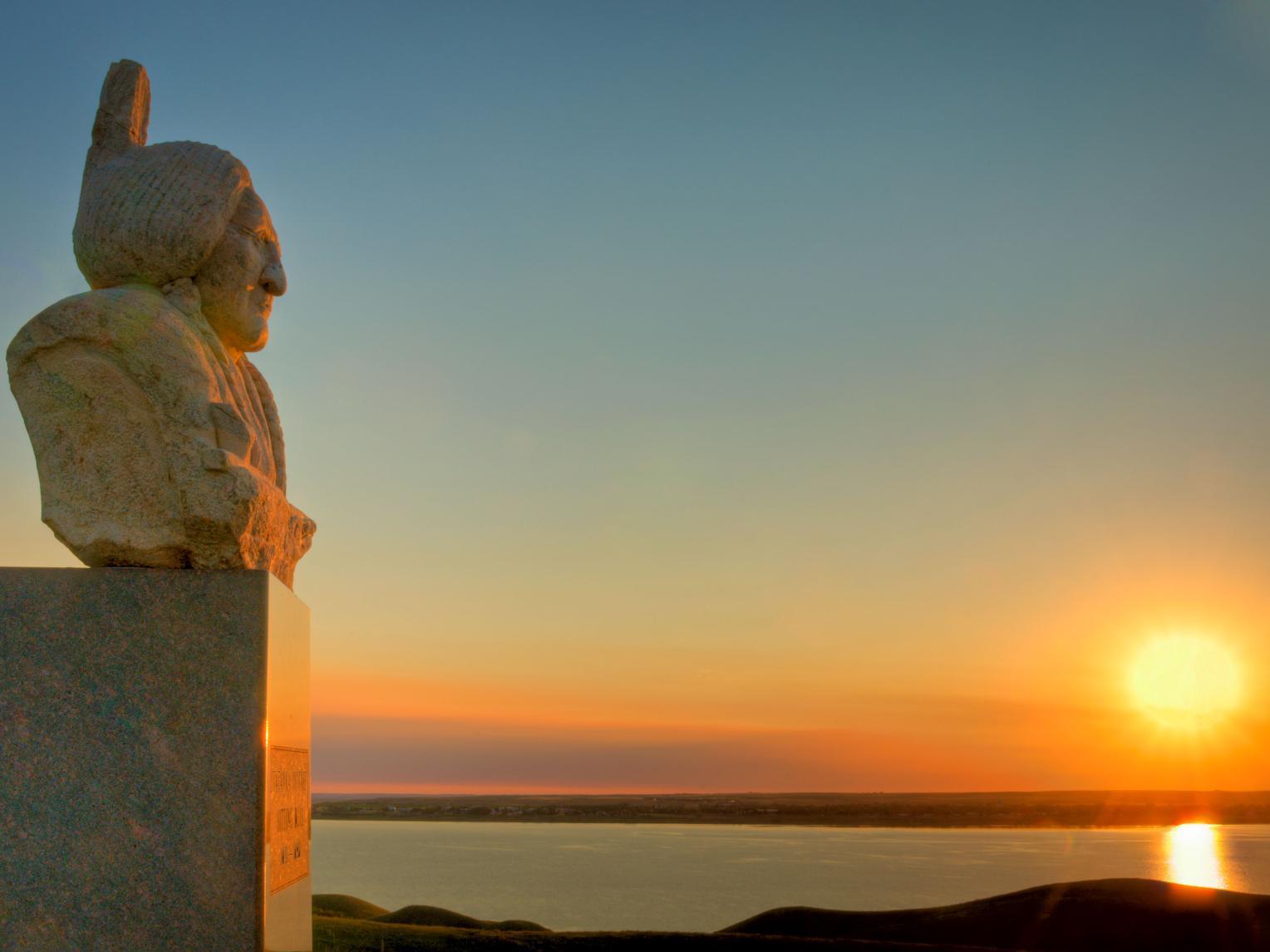
As we celebrate Indigenous Peoples’ Day, Scenic America reflects on the profound connection between the land and the Indigenous peoples of this nation. Indigenous communities have a deep, ancient relationship with the landscapes of America, stewarding its natural beauty long before it became a part of the public consciousness. By conserving these scenic treasures, we honor their enduring legacy and the vital role they play in our national identity.
Tribal Scenic Byways: Pathways of Heritage and Beauty
Across the United States, Tribal scenic byways offer a unique glimpse into the cultural, spiritual, and historical significance of the land. These roadways, traversing tribal lands, serve as an invitation to explore landscapes that have been revered for generations. From the Navajo Nation’s Historic Route 66 to the Blackfeet Nation’s Trail of the Ancients, these routes are more than just scenic drives. They provide a window into the traditions, stories, and environmental wisdom of Indigenous peoples.
One such byway, the Native American Scenic Byway, winds through the heart of South Dakota, crossing the ancestral lands of the Lakota Sioux. Along this route, travelers can visit sacred sites like the Missouri River, a source of life and spirituality for countless generations. The byway not only connects us to the breathtaking landscapes of the Great Plains but also reminds us of the resilience and rich heritage of the Lakota people.
Click here for more information and to find a list of more Tribal scenic byways.
Public Lands with Native American Connections
Many of America’s public lands carry deep cultural and historical ties to Indigenous peoples. National parks and monuments such as Canyon de Chelly, Mesa Verde, and Bears Ears reflect the profound connection between Indigenous communities and the land. These areas are not only natural wonders but also sacred spaces that hold centuries of history, art, and spiritual significance.
For example, Bears Ears National Monument in Utah, a collaborative effort of five Native tribes—Hopi, Navajo, Ute Mountain Ute, Zuni, and Ute Indian Tribe—is a landscape rich with petroglyphs, ancient dwellings, and ceremonial sites. It serves as a living testament to the continued cultural and spiritual practices of these tribes. Protecting these lands through conservation efforts ensures that future generations will not only experience their natural beauty but also understand the Indigenous knowledge embedded within them.
Click here for more public lands with Native American context.
Scenic Conservation: Honoring Indigenous Stewardship
Scenic America’s mission to conserve and protect the country’s most beautiful landscapes inherently aligns with Indigenous values of land stewardship. For millennia, Indigenous peoples have acted as the first conservationists, understanding the balance between human activity and the environment. Their sustainable practices—such as controlled burns, seasonal harvesting, and respect for sacred spaces—have preserved ecosystems and biodiversity for centuries.
Today, as we engage in scenic conservation efforts across the country, we recognize the importance of incorporating Indigenous voices and perspectives into the conversation. Conservation isn’t just about preserving the beauty of a landscape; it’s about honoring the cultural significance these spaces hold. By protecting these areas, we acknowledge the Indigenous wisdom that has helped sustain them for generations.
Moving Forward Together
On this Indigenous Peoples’ Day, Scenic America encourages everyone to take time to reflect on the importance of scenic conservation not only as a means of protecting natural beauty but also as a way of honoring the Indigenous peoples who have long cared for these lands. Whether it’s through exploring a Tribal scenic byway, visiting public lands with Native American connections, or simply learning more about Indigenous traditions of stewardship, we can all play a role in preserving both the physical and cultural landscapes of America.